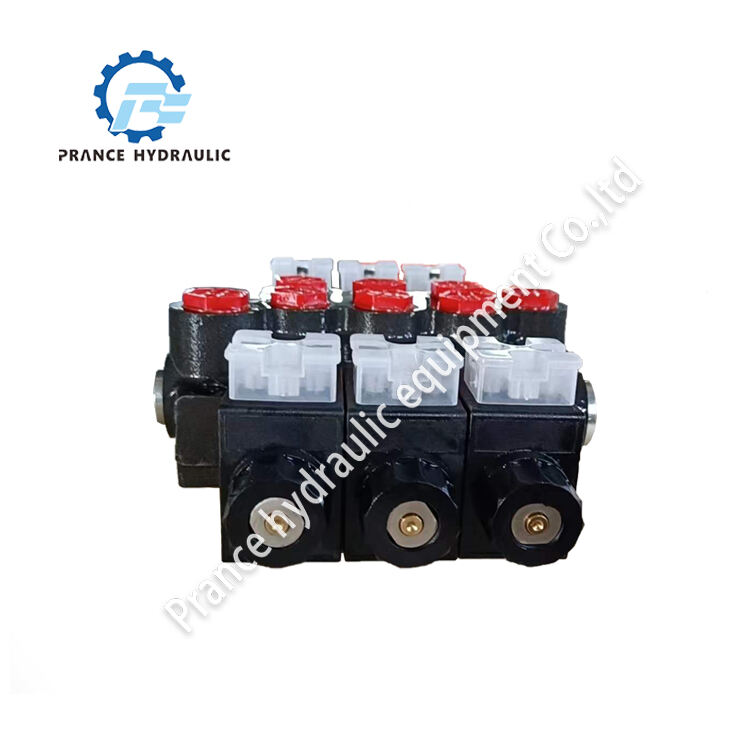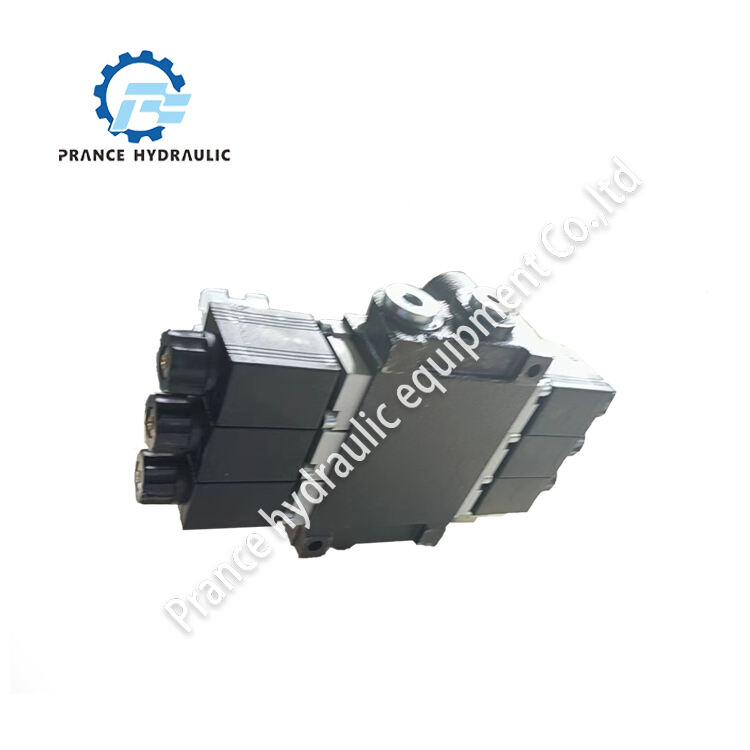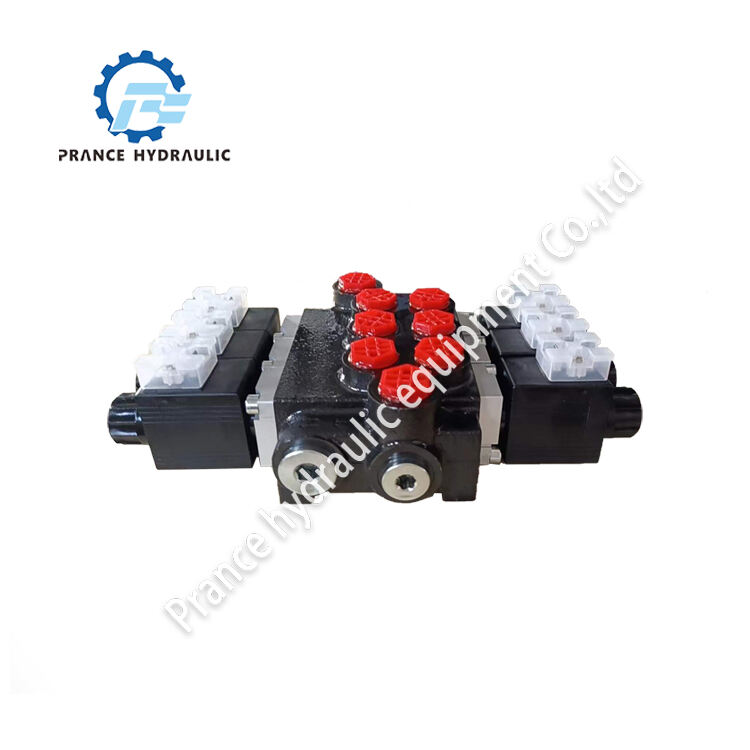Monoblock directional control valves are commonly used in hydraulic systems. They regulate the flow of fluid, meaning the liquid flows in certain directions. These valves are commonly used in factories to operate machineries and equipments efficiently. In this article, we will discuss the fundamentals of monoblock DCV, its advantages, installation and maintenance, how they differ in compression to other types of hydraulic valves, and the applications of usage.
Monoblock directional control valves are small, compact valves used in space critical systems such as forklifts, construction equipment etc. to direct hydraulic oil flow in a hydrosystem. They are employed, for example, in hydraulic systems to control the movement of parts such as cylinders and motors. And they are typically constructed of strong materials, such as steel or aluminum, which enables them to enjoy a longer life span. They are relatively easy to install and maintain, so they are a popular choice for many industrial applications.
The application of monoblock directional control valves in the hydraulic system has many advantages. For one, they’re compact, meaning they’re easy to squeeze into tight spaces or a packed machine. Second, they are simple to install and maintain, which can save time for laborers. What’s more, these valves provide very fine control over the flow of hydraulic fluid, which helps make machines operate more smoothly. In general, the use of monoblock directional control electromagnetic valves make hydraulic systems to function more efficiently and dependably in factories.

For release valve hydraulics to perform well through the years, they need to be installed and maintained correctly. Before installing the valve, be sure to read the manufacturer’s instructions on where to locate it and how to connect it. Inspect for leaks or damage and if leaks or damage is present, the vehicle owner needs to install the valve, and ensure proper function. Consistent maintenance, such as cleaning and oiling moving parts, can prevent issues and prolong the life of your valve. Taking these steps will allow a worker to keep their monoblock directional control valve working properly.

While comparing monoblock directional control valves, and other types of hydraulic valves, there are some discrepancies. Monoblock directional control valves come in smaller, lighter or wire saving designs, depending on what your application requires. They also allow for fine control of the flow of hydraulic fluid that can allow machines to operate with more precision. Some other hydraulic valves may have other components as well, depending what the hydraulic system requires. Whether to choose monoblock or other types of directional control valves will depend on the hydraulic system requirement and whatever worker prefers.

Monoblock directional control valves are applied in different industrial activities to direct oil flow in hydraulic machines. These valves are used in hydraulic systems for construction, farm equipment, material handling and more. These valves, for construction equipment, help operate the hydraulic cylinders used to lift and to dig. In farm implements, they move hydraulic motors to drive and steer. In material handling applications, these valves control the transfer of volume of hydraulic fluid for raising and lowering heavy objects. In general, monoblock directional control valves are commonly used in numerous industrial applications.